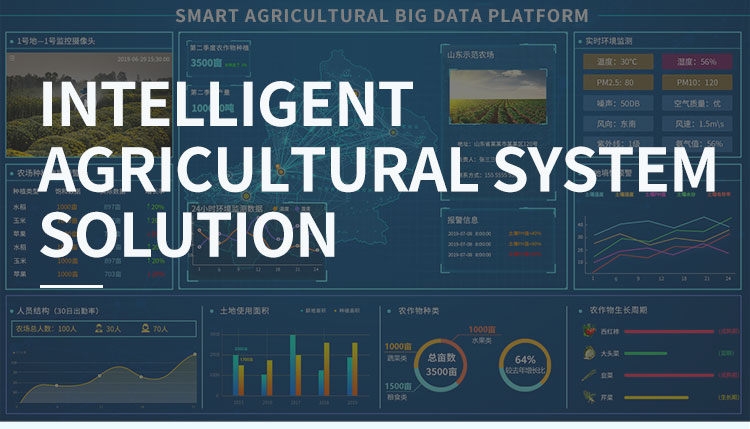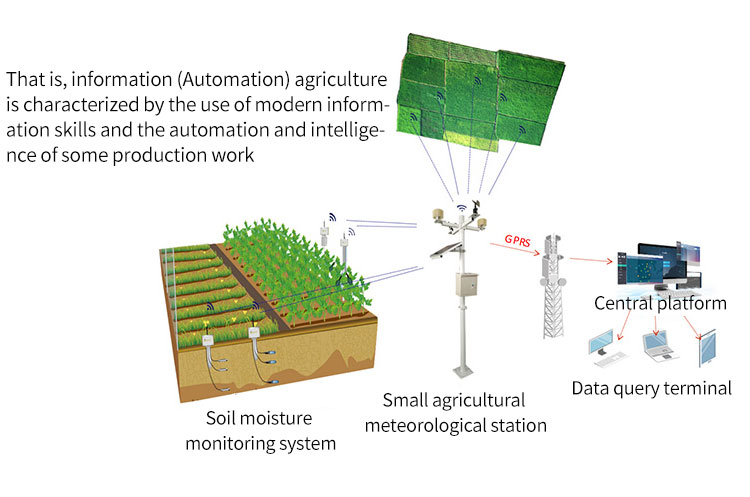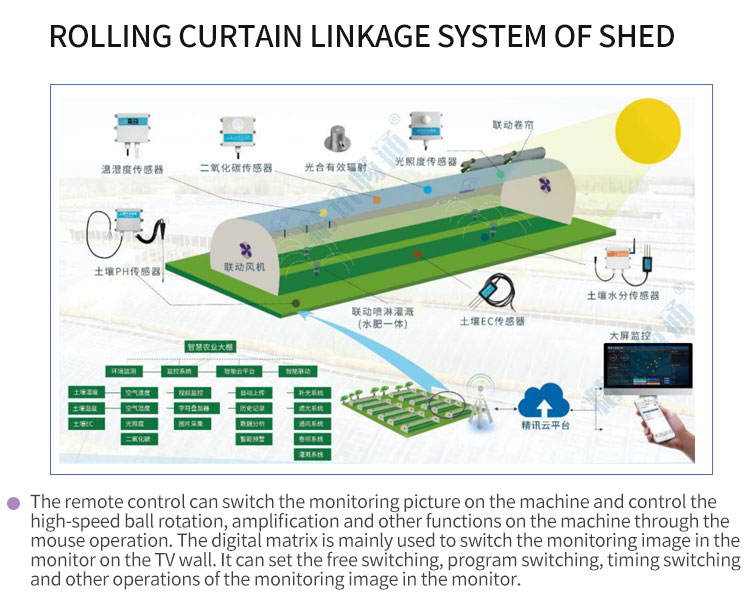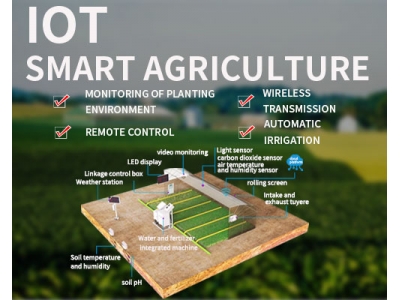Smart agriculture is a fairly new term and mode of agricultural production, and most farmers are not familiar with the real meaning behind it. In this blog, we will clarify the concept of smart agriculture and why it is the future of agriculture.
The term smart agriculture refers to the usage of technologies like Internet of Things, sensors, location systems, robots and artificial intelligence on your farm. The ultimate goal is increasing the quality and quantity of the crops while optimizing the human labor used.

Example technologies used in smart agriculture are:
Precision irrigation and precise plant nutrition
Climate management and control in greenhouses
Sensors – for the soil, water, light, moisture, for temperature management
Software platforms
Location systems – GPS, satellite, etc
Communication systems – based on mobile connection, LoraWan, etc
Robots
Analytics and optimization platforms
The connection between all these technologies is the Internet of Things – this is a mechanism for connectivity between sensors and machines, resulting in a complex system that manages your farm based on data received. Thanks to this system, farmers can monitor the processes on their farms and take strategic decisions remotely – from their tablet, phone or other mobile device – without being on the open fields, in their greenhouse, orchard, vineyard, etc.

What are the processes taking place on a farm using smart agriculture?
Data collection
The sensors installed at all critical places in the farm gather and transmit data about the soil, air, etc
Diagnostics
The data collected is analyzed by the system and conclusions are made regarding the status of the object or process monitored. Potential problems get identified.
Decision making
Based on the problems identified in the previous steps, the software platform and/or a human managing the platform decides on actions that need to be taken.
Actions
The actions identified in the previous step are performed. A new measurement on the soil, air, moisture, etc is performed by the sensors and the whole cycle starts again.

The result from this automated smart farming process is – high precision and 24/7 control, eventually leading to considerable savings in all key resources used – water, energy, fertilizers, time spent by strategic people, time spent by lower-qualification human resources.
Customers using JXCT Smart agriculture solution on their farms can save up to 85% in water consumed and up to 50% in energy consumed. They also report up to 40% increase in crop yield, while reducing the cost of fertilization and chemical treatment, and up to 60% less losses resulting from human error.








